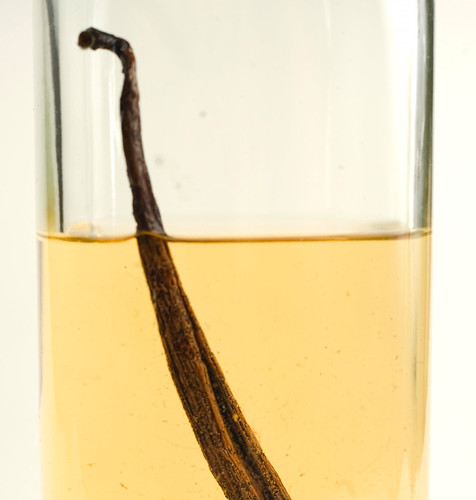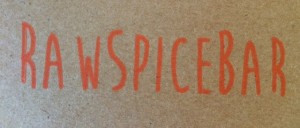A Spice Sherpa reader is making her first batch of vanilla extract and had more questions than my previous two posts on vanilla covered.
Question: If making your own homemade vanilla is that easy why isn’t everyone doing it?
Answer: As easy as vanilla is to make, it’s even easier to grab a bottle of a shelf. Plus I think many people don’t even consider making vanilla. It’s just not on the radar, even for people who love to make and create.
Question: Is there a reason to have an alcohol-free vanilla?
Answer: I’ll have to guess here. I think the use for alcohol-free vanilla can be attributed to one of the follow: 1) lack of awareness that there are differences in vanilla extract, 2) personal or religious reasons such as not drinking alchohol (although by the time you’re done cooking whatever trace amount of alcohol that is in a teaspoon of extract is probably cooked away), or 3) medical reasons again, by the time you’re done there is most likely no alchohol left…just vanilla.
Question: What is used to produce an alcohol-free vanilla?
Answer: Food grade glycerin. Trader Joes makes a version of it but it also contains sugar. There is an often referred to blind taste taste conducted by Cooks Illustrated where chefs couldn’t tell the difference between imitation and real vanilla. That is completely besides the point in my opinion. Synthetic vanilla has garbage in it (literally-it uses industrial waste from the pulp and paper industry). No thanks.
How to make alcohol-free vanilla: combine 2 beans, 4 oz. water and 12 oz. food-grade glycerin. Disclaimer: I’ve never made alcohol-free vanilla. I did some research and found this online, scratch the recipe down then dug it out of my notes. Sorry about not having the original source.
Question: What is the ratio of alc0hol-based vanilla to non-alcohol vanilla? Is there a difference?
Answer: This is a bit of a can of worms. I turned to Instructables for more information and here’s what I found: The FDA standards set the ratio at using 35 percent alcohol base. You need 35.5 oz. of vanilla bean per gallon of alcohol and the beans need to have a moisture content of less than 25 percent.
This translates to roughly 6 beans per cup of alcohol. Recipes online vary from recommending 1 – 4 beans for 1 cup to 1 gallon of alcohol (1 bean/gallon sounds like a hint of vanilla essence, not full-blooded extract)! And unless you weigh the beans simply offering a number of beans isn’t precise because the beans can very in length. I use two 15 cm beans.
There are extra strong vanilla extracts bakers will use so they can use real vanilla but maintain the whiteness of a cake. The strength is measured in x as in 2x or 3x which means two times the usual amount of beans per unit of alcohol. For example, if standard extract uses 35.5 oz. vanilla beans per gallon of alcohol then 2x would be 71 oz. vanilla beans per gallon and so on.
Question: How do I know when to replenish my beans?
Answer: As long as the bean smells like vanilla it’s good. Give your extract a little shake before you use it. Vanilla seeds and crystals settle to the bottom and a tiny shake will distribute them evenly and intensify the vanilla flavor.
For more on vanilla check out:
The Vanilla Page on Spices A-Z
Vanilla Villains: Your Guide to the Bad Guys
Creme Brulee Martini with Vanilla Vodka Infusion
If you found this information interesting consider signing up to receive notifications whenever a new article is posted on Spice Sherpa. It’s simple: just enter your email address in the subscribe box at the top right corner and follow the instructions. The feed will send a message to your email; just hit reply to the email and you’re all set to receive a gentle trickle of spicy info to inspire your cooking creativity and make life a little tastier.





October 28, 2010 at 9:46 pm
Great information as always – your site truly is a fantastic resource! Thanks for all the work you do and your generosity in sharing it all 🙂
October 31, 2010 at 8:16 pm
I made another round of vanilla infused vodka. I let it sit a lot longer this time. Both the color and aroma are much deeper.
Jason
November 5, 2010 at 11:06 pm
This is such amazing, valuable information to have on-hand. Thank you for sharing!
November 6, 2010 at 8:02 am
Thank you Tracey, Jason and Denise. Researching vanilla felt a bit like discovering an iceburg. There is a LOT more to it than we usually see.